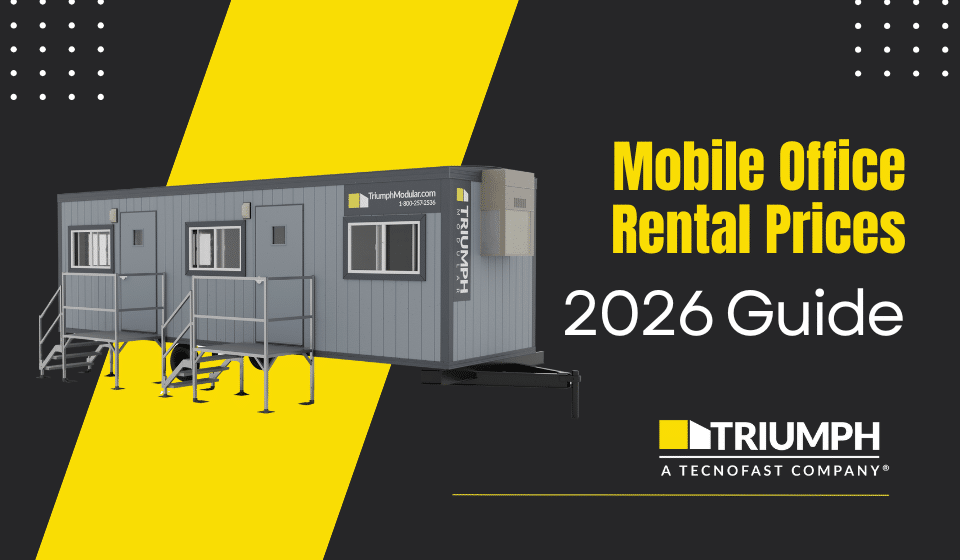When it comes to commercial construction, safety and code compliance are non-negotiable. Whether you’re building a school, office, medical facility, or lab space, the structure must meet stringent federal, state, and local regulations. That’s why modular code compliance is a critical factor when comparing modular buildings to traditional stick-built methods. So how does modular construction measure up? Let’s break it down.
Modular Buildings Are Built to the Same (or Higher) Codes (Modular Code Compliance)
Contrary to popular belief, modular buildings are not “less regulated.” In fact, modular buildings are constructed to the same International Building Code (IBC) standards as stick-built structures. The key difference is that modular units are manufactured in a controlled factory setting, where quality control is often more rigorous than on-site construction.
Each modular component is engineered, inspected, and approved before it leaves the factory. State agencies or third-party inspectors review all plans and conduct in-plant inspections to ensure compliance with:
- IBC and NFPA codes
- Local zoning regulations
- Fire safety and egress standards
- ADA accessibility
- Energy efficiency codes (IECC)
Fire Safety: A Modular Strength
Fire protection is one of the most scrutinized aspects of any commercial building. Modular structures often incorporate fire-resistant materials, compartmentalization, and smoke control systems from the start—making them just as safe, if not safer, than traditional buildings.
Plus, factory-built environments allow for more consistent fireproofing and better quality control when applying fire-rated assemblies, sprinklers, and alarm systems.
Structural Integrity and Wind Load Compliance
Because modular buildings are transported and lifted into place, they are engineered to withstand additional stress and load. This means their structural frames are often stronger than comparable stick-built frameworks.
At Triumph, all our modular units meet or exceed regional wind load and snow load requirements—including compliance with Massachusetts State Building Code and coastal zone guidelines.
Fewer On-Site Safety Risks
With up to 90% of the construction completed off-site, modular methods reduce on-site hazards like weather-related delays, open trenches, and multi-trade congestion. This results in a safer, cleaner jobsite with fewer injury risks—especially important on busy school or hospital campuses.
Triumph Modular: Your Partner in Code-Compliant Solutions
Whether you’re adding modular classrooms, expanding with a Silverline™ modular office, or building a permanent modular medical space, Triumph Modular ensures every unit meets or exceeds code requirements. Our project team works directly with local code officials, architects, and engineers to streamline the approval process from design to delivery.
Conclusion
Modular buildings are not just fast and flexible—they’re also safe, strong, and fully code-compliant. In many cases, they outperform traditional stick-built methods in both quality and safety. If you’re planning a project and want to ensure speed, compliance, and peace of mind, contact Triumph Modular today to speak with a modular construction expert.




